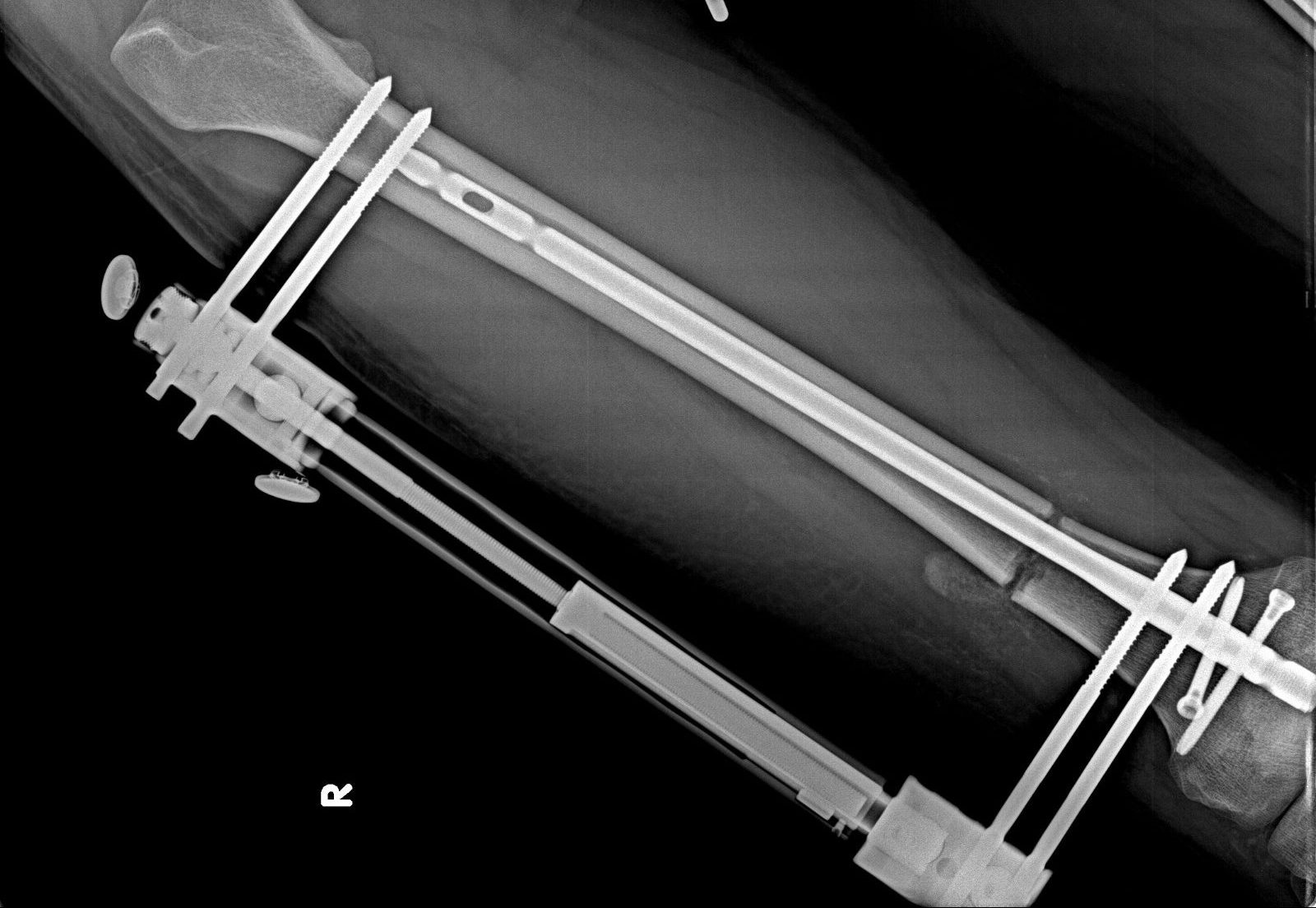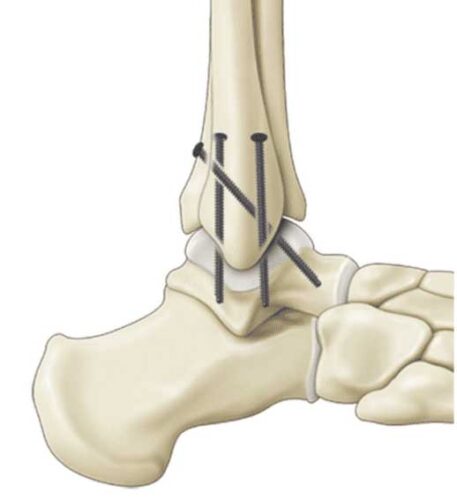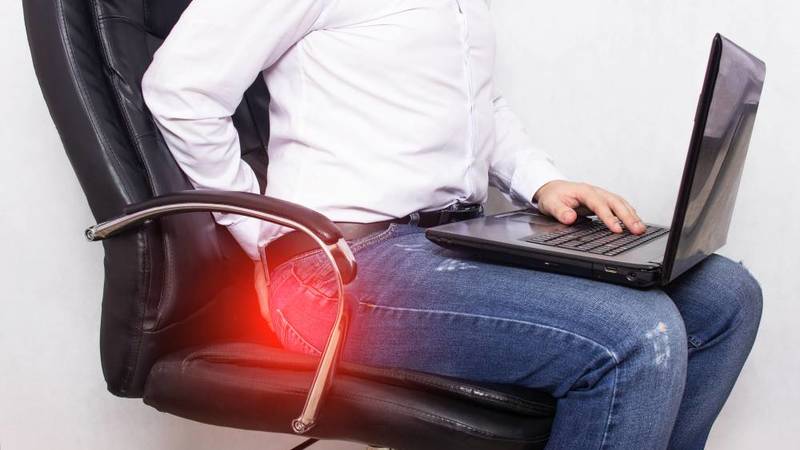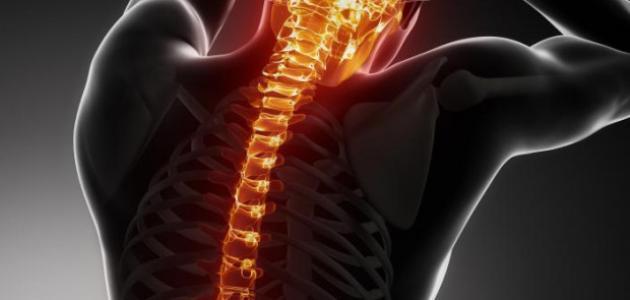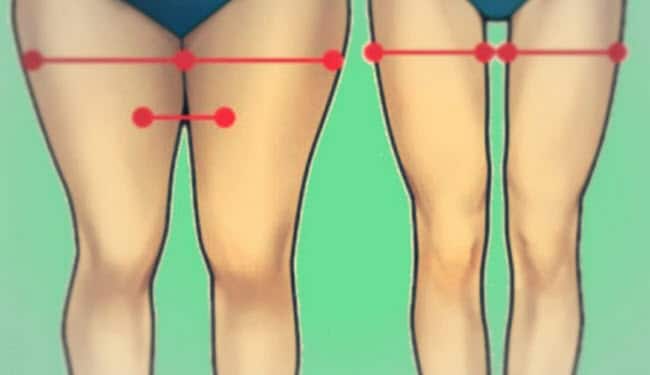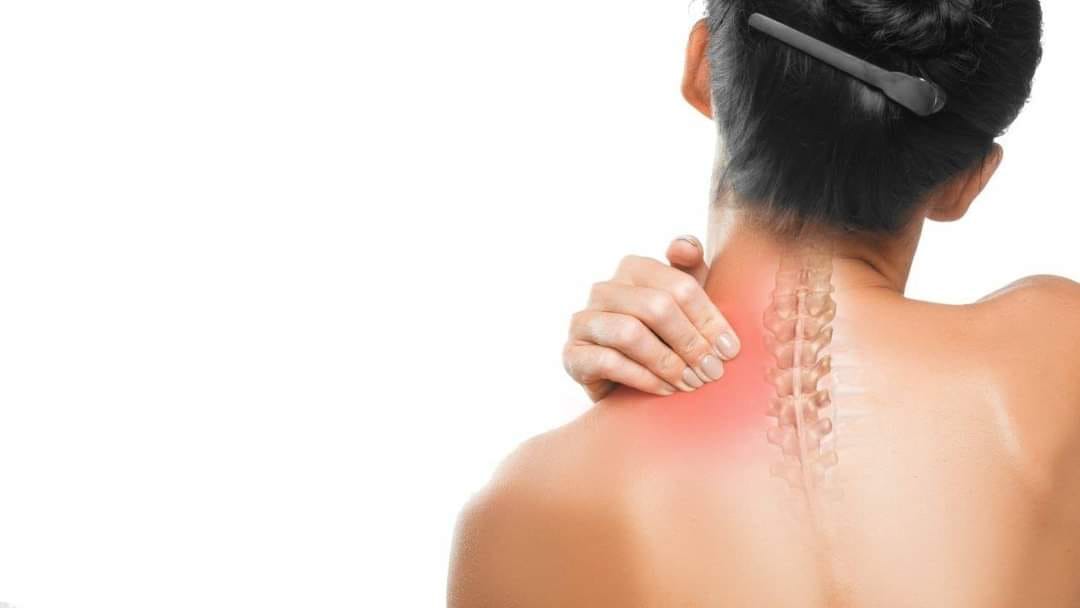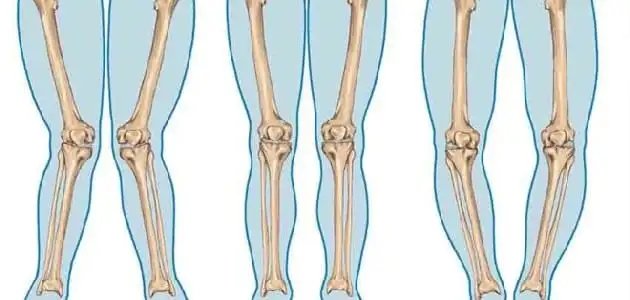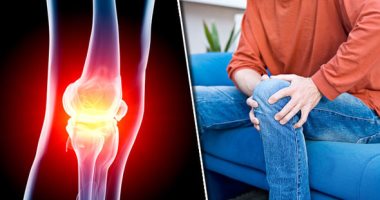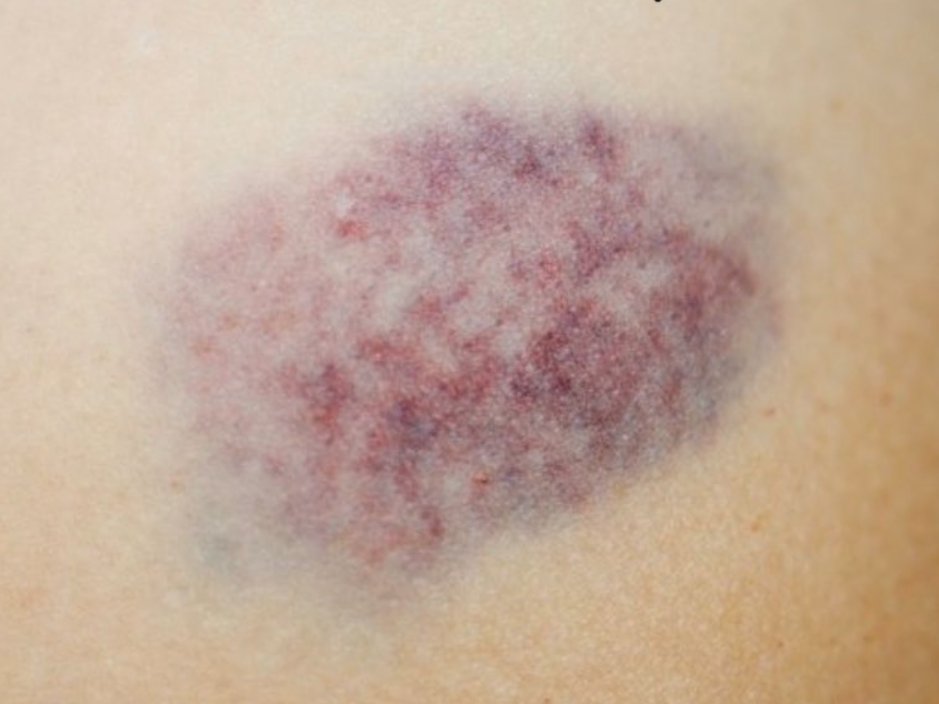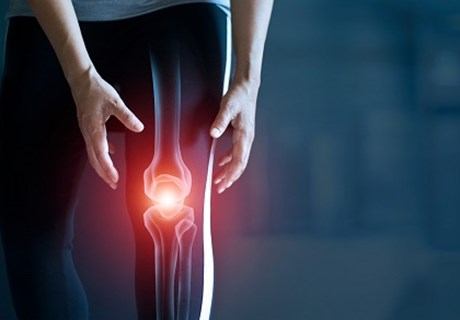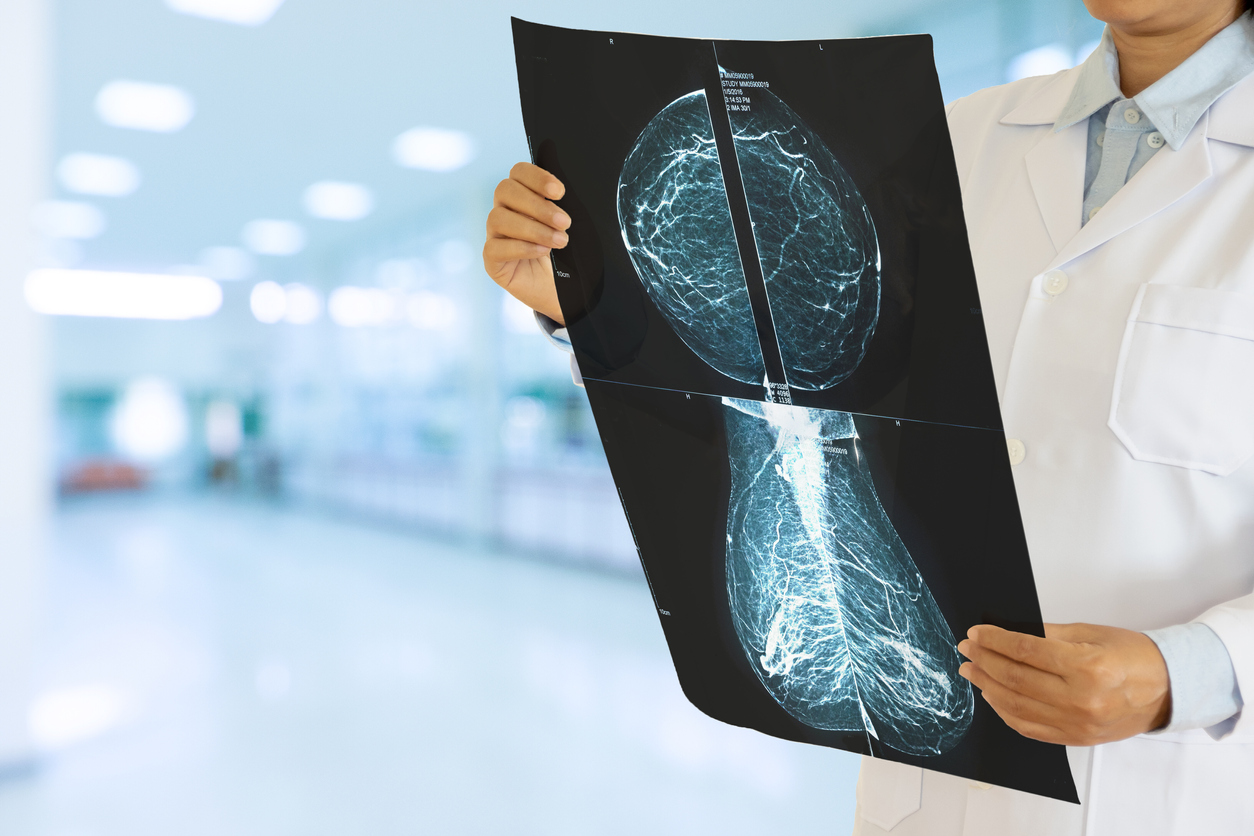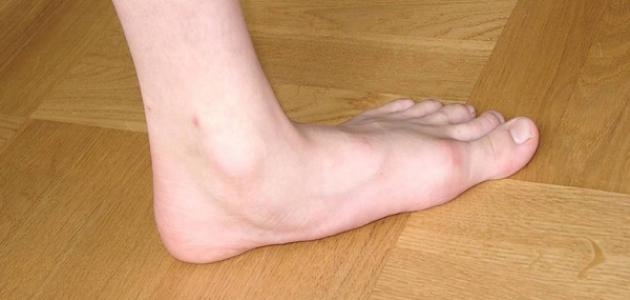Symptoms of a herniated disc in the coccyx
It is rumored that herniated disc of all kinds is limited to a specific age group because it accompanies advancing age, and this matter has no meaning as the individual may be exposed to it in any of his life stages, in the following article we will discuss detailed information on this subject, so let us read the following.
Symptoms of a herniated disc in the coccyx
Among the symptoms that affect the individual when he suffers from a herniated disc in the coccyx:
- Feeling very severe pain in the vertebrae area.
- In the event of an external injury, some bruises appear.
- The presence of pain in the individual during defecation.
- When moving, individuals get very severe pain, as well as when standing.
- feeling numb
- The effect of pain on daily living activities and makes the individual unable to sleep well.
Herniated disc deficit percentage
There are four stages of a herniated disc, each of which is considered worse and more severe than the one that precedes it, and it is classified as follows:
- Disc protrusion: where the nucleus pulposus begins to bulge into the annulus without a cut in the outer part of the fibrous annulus.
- Prolapsed disc: The nucleus pulposus prolapses outside the annulus fibrosus without complete rupture of the annulus fibrosus.
- Disc extrusion: A complete break in the fibrous annulus occurs as a result of the bulging of the nucleus pulposus outside the annulus.
- Sequestered disc: Fragments of the nucleus pulposus and the annulus fibrosus completely separate from the disc.
Is a herniated disc considered a partial disability?
A herniated disc that causes disability for the individual is very severe, and here are some of the reasons that lead to this happening:
- An inability to herniate a herniated disc results when it occurs between the fourth, first, and fifth vertebrae, which is one of the most common types of slip.
- Individuals suffering from this type of slippage as a result of making some wrong movements repeatedly, whether while sitting or standing.
- This also happens as a result of carrying heavy weights incorrectly.
- In addition to being overweight, it plays a very big role in the incidence of a herniated disc.
- The presence of congenital defects in the spine or severe injury to it.
- The appearance of tumors in the spine or osteoporosis.
- Stiffness in the spine or exposure to arthritis.
- Strong bouts of coughing.
What is cartilage disease?
Cartilage disease is defined as a protrusion in the cartilaginous discs that are located between the vertebrae complementing the spine, whose function is mainly dependent on reducing the friction arising between the vertebrae during movement, and those prominent discs cause severe pressure on the nerve roots branching from the spinal cord, which leads to neuromuscular diseases, and many symptoms are associated with exposure to a herniated disc, including:
- The presence of severe and continuous pain in the lower back.
- Stiffness in the legs or stiffness in the lower back.
- When pressing on the lower back, there is severe pain.
- Feeling pain in the thigh.
- Inability to walk or stay standing for long periods.
- Severe pain when bending over.
- A sensation of tingling and numbness in the feet.
- The presence of pain in the neck area makes the individual unable to move his head effectively.
- The appearance of some pain and numbness in the arms and hands.
What is the treatment of cartilage?
Many methods can be used in the treatment of cartilage, which the individual must follow carefully in order to ensure the speed of recovery and the non-exacerbation of symptoms seriously, and perhaps resort to stem cell therapy in order to deal with this situation.
In addition to the effectiveness of both olive oil and many vitamins in rebuilding cartilage and bones, doing some exercise also plays an important role in improving blood circulation in the individual’s body and thus the access of oxygen and food to the affected area well.
Does cartilage affect young people?
Cartilage diseases are most likely associated with signs of aging because the cartilage begins to erode and becomes vulnerable to any damage, but at present this disease also affects young people between the ages of 25 to 30 years, and this is a result of a rupture in the herniated disc, which leads to the soft cartilage coming out of the disc and putting pressure on the nerve, and the reasons for this happening are:
- Improper lifting of heavy objects.
- Sitting or standing in the wrong positions for long periods.
- obesity.
- Exposure to an accident or injury to the spine.
Does sitting affect the cartilage?
Sitting for long periods, whether rightly or wrongly, affects the cartilage greatly, and that period must include some movement from time to time, and it is better for the individual to do some exercises that help strengthen the back muscles.

